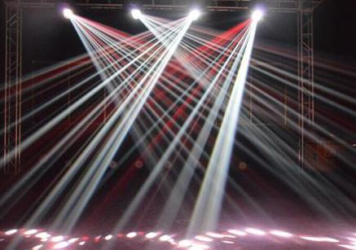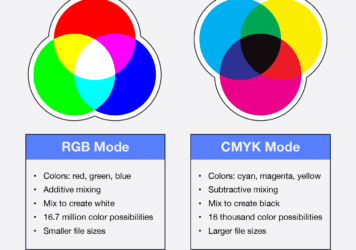The Power of Lighting Design in Your Home

Lighting plays a crucial role in shaping the ambience and functionality of any space, be it residential or commercial. A well-designed lighting scheme can highlight objects, accentuate furniture, and guide our focus.
Planning for Effective Lighting:
Before purchasing light fixtures, consider these key questions:
- How many light sources are needed for each room?
- What types of lamps and fixtures best suit each space’s purpose and natural light availability?
- How will the lighting impact the way residents use the space?
Choosing the Right Light for the Right Place:
- Living Room: Opt for warm yellow lighting to create a relaxing and inviting atmosphere. Consider using a combination of soft lighting and task lighting, such as a dimmer switch and strategically placed lamps for reading or hobbies.
- Dining Room: Focus on the dining table with a chandelier or pendant lights. If the table is large, consider installing additional light sources on the sides.
- Kitchen: This space demands clear, bright lighting for safety and functionality. Opt for uniform lighting throughout the kitchen, with additional task lighting over countertops.
- Bathroom: Similar to the kitchen, bathrooms require bright, even lighting for good visibility. Install a general ceiling light and a dedicated mirror light for tasks like shaving and makeup application.
- Bedroom: Create a calming and cozy atmosphere with soft lighting. A general light fixture or recessed LEDs can work well. For reading or night-time activities, a bedside lamp is a good option. Consider using dimmers for adjustable lighting.
- Hallway: Ensure uniform lighting throughout the hallway using evenly spaced lamps, ceiling fixtures, or recessed LEDs.
- Laundry Room: This space benefits from bright, white ceiling lighting for a clean and well-lit environment. If you iron clothes in this space, consider adding a task light for better visibility.
- Entrance: This space should be well-lit for security purposes. Consider motion-sensor activated lights for added convenience.
- Home Office: Balance general lighting with task lighting. A general light source provides overall illumination, while task lighting can highlight specific areas like bookcases or artwork.
The Benefits of LED Lighting:
- Cost Savings: LED lighting is significantly more energy-efficient than traditional incandescent bulbs, resulting in lower electricity bills.
- Long Lifespan: LEDs last considerably longer than incandescent or fluorescent bulbs, reducing replacement frequency and overall cost.
- Safety and Comfort: LEDs emit minimal ultraviolet radiation and do not cause eye strain. They also operate on lower voltages, minimizing the risk of electrical shock.
- Sustainability: LEDs are environmentally friendly. They contain no harmful substances, are easily recyclable, and contribute to energy conservation.
Conclusion:
Investing in a well-designed lighting plan can significantly enhance the comfort, functionality, and aesthetics of your home. By choosing the right lighting for each space and considering the benefits of LED technology, you can create a beautiful and efficient lighting system for your entire home.










Leave a Reply